Home>Gardening & Outdoor>Landscaping Ideas>What Is Bamboo Grass
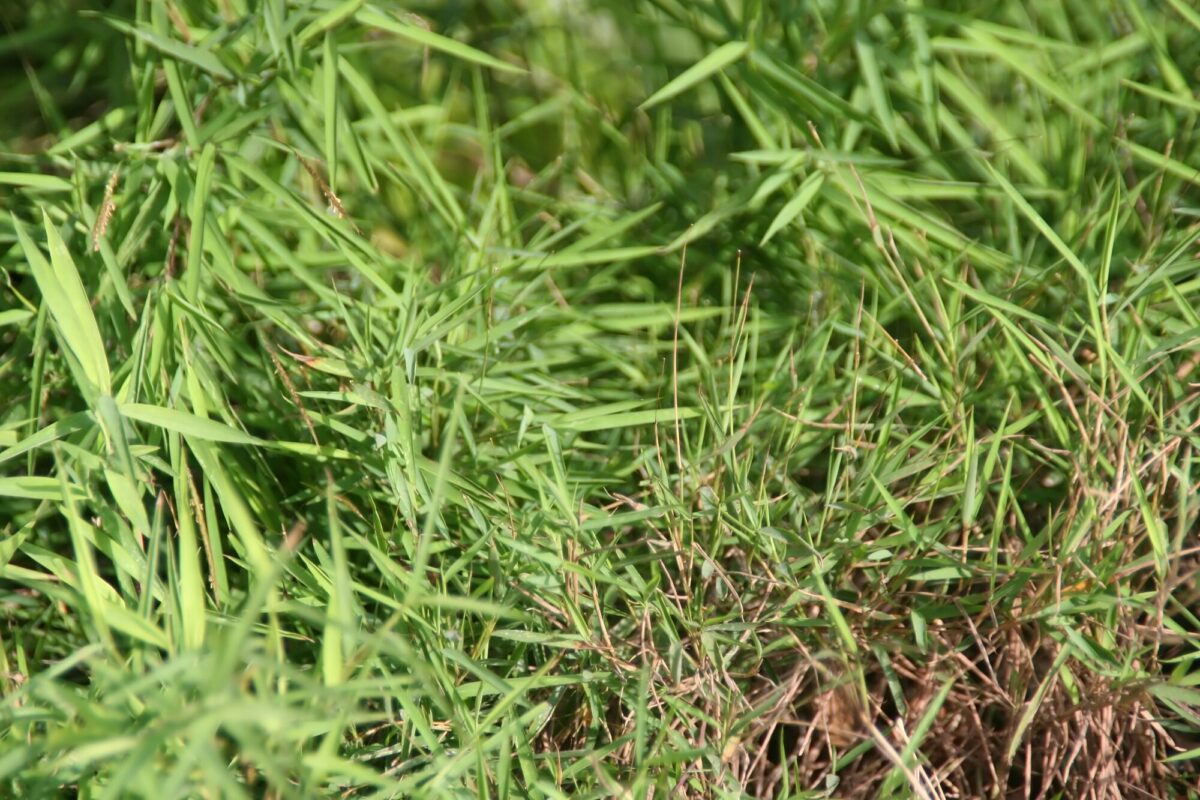

Landscaping Ideas
What Is Bamboo Grass
Published: January 27, 2024
Discover the benefits of bamboo grass for landscaping ideas. Learn how to incorporate bamboo grass into your outdoor space for a stunning and sustainable design.
(Many of the links in this article redirect to a specific reviewed product. Your purchase of these products through affiliate links helps to generate commission for Storables.com, at no extra cost. Learn more)
Introduction
Welcome to the wonderful world of bamboo grass! This versatile and resilient plant has been an integral part of various cultures and landscapes for centuries. As we delve into the realm of bamboo grass, you’ll discover its remarkable characteristics, diverse uses, cultivation methods, and the environmental benefits it offers. Whether you’re a landscaping enthusiast, an environmentally conscious individual, or simply intrigued by the wonders of nature, bamboo grass is sure to captivate your interest.
Join us on this enlightening journey as we unravel the mysteries and marvels of bamboo grass, exploring its significance and the myriad ways it enriches our lives and the environment.
Key Takeaways:
- Bamboo grass is a super-fast growing plant with strong, flexible stems, and it comes in different sizes and colors, making it perfect for landscaping and eco-friendly construction projects.
- Bamboo grass is not just a plant, it’s a superhero for the environment! It helps fight climate change by absorbing carbon dioxide, protects soil from erosion, and provides homes for lots of animals.
Read more: What Is A Bamboo Ceiling
Characteristics of Bamboo Grass
Bamboo grass, a member of the Poaceae family, is renowned for its exceptional resilience and rapid growth. This remarkable plant exhibits a plethora of unique characteristics that distinguish it from other flora, making it a fascinating subject of study and admiration.
One of the most notable features of bamboo grass is its astonishing growth rate. Some species of bamboo grass are known to grow several feet in a single day under optimal conditions, earning them the title of the fastest-growing plants on Earth. This rapid growth is attributed to the plant’s rhizomatous root system, which enables it to spread vigorously and establish dense, lush groves.
Furthermore, bamboo grass showcases impressive flexibility and strength, making it an ideal candidate for various construction and crafting purposes. Its woody stems, known as culms, possess a remarkable tensile strength, rendering them suitable for a wide array of applications, including furniture production, flooring, and even structural components in eco-friendly architecture.
Another intriguing characteristic of bamboo grass is its diverse range of species, with variations in height, color, and foliage. From the towering giants of the Phyllostachys genus to the delicate and ornamental Fargesia varieties, bamboo grass offers an extensive palette of options for landscaping and ornamental purposes, catering to a myriad of aesthetic preferences.
Moreover, bamboo grass exhibits exceptional adaptability, thriving in diverse climates and soil types. Its ability to flourish in both tropical and temperate regions, coupled with its low maintenance requirements, makes it an attractive choice for landscaping projects and sustainable gardening practices.
As we continue our exploration of bamboo grass, we’ll delve deeper into its uses, cultivation methods, and the invaluable environmental benefits it bestows upon our planet.
Uses of Bamboo Grass
Bamboo grass, with its remarkable versatility and myriad applications, has been an indispensable resource across various cultures and industries for centuries. Its utilization spans a wide spectrum, encompassing construction, culinary arts, handicrafts, and environmental conservation.
One of the most prominent uses of bamboo grass is in construction and architecture. The plant’s robust culms, characterized by their exceptional strength and flexibility, serve as a sustainable alternative to traditional building materials. From sturdy structural elements to aesthetically pleasing flooring and wall coverings, bamboo grass offers a renewable and eco-friendly solution for modern construction practices.
In addition to its role in construction, bamboo grass plays a pivotal part in culinary traditions across the globe. The tender shoots of certain bamboo species are prized as a delectable and nutritious delicacy in various cuisines, adding a unique flavor and texture to a diverse array of dishes. These bamboo shoots are not only a culinary delight but also a rich source of essential nutrients, contributing to the plant’s significance in gastronomy and dietary diversity.
Furthermore, bamboo grass serves as a versatile medium for artisanal crafts and artistic expression. Its pliable nature and aesthetic appeal make it an ideal material for creating a wide range of products, including intricately woven baskets, furniture, musical instruments, and decorative items. The artistry and craftsmanship associated with bamboo grass reflect the deep cultural heritage and artistic ingenuity prevalent in communities where the plant holds cultural significance.
Moreover, bamboo grass plays a crucial role in environmental conservation and sustainable resource management. Its rapid growth and extensive root system make it an effective tool for erosion control, soil stabilization, and watershed protection. Additionally, bamboo grass forests contribute to carbon sequestration, making them valuable allies in mitigating climate change and preserving biodiversity.
As we unravel the multifaceted uses of bamboo grass, we gain a deeper appreciation for its cultural, economic, and ecological significance, underscoring its status as a revered and invaluable natural resource.
Bamboo grass is a type of grass that belongs to the bamboo family. It is known for its fast growth and versatility, being used for construction, food, and even clothing.
Cultivation and Harvesting
The cultivation of bamboo grass encompasses a blend of traditional wisdom and modern agricultural practices, reflecting the plant’s enduring significance in various cultures and its growing prominence in sustainable agriculture and forestry. Cultivating bamboo grass involves a series of meticulous steps, from selecting suitable species to nurturing the plants to maturity and harvesting them at the opportune moment.
When embarking on bamboo cultivation, the choice of species is a crucial consideration. With a diverse array of bamboo grass species available, each exhibiting unique characteristics and growth habits, it is essential to select varieties that align with the intended purpose, climate, and soil conditions. Whether the goal is to establish a lush bamboo forest for ecological restoration or to cultivate a specific species prized for its culinary shoots, thoughtful species selection forms the foundation of a successful bamboo cultivation endeavor.
Once the appropriate species are chosen, the cultivation process involves preparing the soil, providing adequate moisture and nutrients, and implementing sustainable management practices to foster optimal growth. Bamboo grass, renowned for its resilience and adaptability, thrives in a variety of soil types, ranging from loamy to sandy, provided they offer good drainage and sufficient organic matter. Furthermore, the judicious application of organic fertilizers and compost can enhance the plant’s vigor and productivity while minimizing the need for synthetic inputs.
As the bamboo plants mature, periodic maintenance measures, such as thinning and pruning, may be necessary to promote healthy growth and prevent overcrowding. These practices not only contribute to the overall well-being of the bamboo grove but also facilitate the development of robust culms and tender shoots, depending on the intended harvestable products.
Harvesting bamboo grass requires careful timing to ensure optimal quality and yield. The frequency and methods of harvesting vary based on the intended products, whether it be the tender and succulent shoots sought after in culinary pursuits or the mature culms destined for construction and artisanal applications. By employing sustainable harvesting techniques and respecting the plant’s natural regeneration capacity, cultivators can perpetuate the cycle of abundance and preserve the long-term vitality of bamboo grass ecosystems.
Through the harmonious interplay of cultivation, stewardship, and harvest, the timeless practice of cultivating bamboo grass continues to thrive, offering a sustainable and bountiful source of invaluable resources and ecological benefits.
Environmental Benefits of Bamboo Grass
Bamboo grass stands as a paragon of environmental sustainability, endowing our planet with a multitude of ecological benefits that extend far beyond its ornamental and utilitarian value. As a champion of biodiversity, carbon sequestration, and soil conservation, bamboo grass plays a pivotal role in fostering resilient ecosystems and mitigating the adverse impacts of climate change.
One of the most notable environmental benefits of bamboo grass is its unparalleled capacity for carbon sequestration. As a fast-growing and prolific plant, bamboo grass excels in absorbing carbon dioxide from the atmosphere and converting it into organic matter, thereby aiding in the reduction of greenhouse gas levels. This attribute positions bamboo grass as a potent ally in combating climate change and mitigating the effects of anthropogenic carbon emissions.
Furthermore, bamboo grass forests serve as vital sanctuaries for diverse flora and fauna, fostering rich biodiversity and providing essential habitats for numerous species. The dense foliage and intricate root systems of bamboo groves create a thriving ecosystem, supporting a myriad of organisms, from insects and birds to mammals and amphibians. By safeguarding and restoring bamboo grass habitats, we fortify the web of life and safeguard the genetic diversity that underpins the resilience of our natural world.
In addition to its role in carbon sequestration and biodiversity conservation, bamboo grass plays a crucial part in soil preservation and watershed management. The extensive network of bamboo roots acts as a natural bulwark against soil erosion, stabilizing slopes and preventing sediment runoff into waterways. This function is particularly valuable in regions prone to landslides and degradation, where bamboo grass serves as a steadfast guardian of soil integrity and water quality.
Moreover, bamboo grass contributes to the restoration of degraded landscapes and the rehabilitation of marginal lands. Its rapid growth and adaptability make it an ideal candidate for reforestation efforts, afforestation initiatives, and agroforestry systems, fostering the rejuvenation of ecosystems and the sustainable utilization of land resources.
By harnessing the environmental benefits of bamboo grass, we embrace a path towards ecological harmony and resilience, recognizing the profound impact of this extraordinary plant on the health and vitality of our planet.
Read more: What Are Bamboo Pillows Good For
Conclusion
As we draw the curtains on our exploration of bamboo grass, we are left with a profound appreciation for the remarkable attributes and diverse contributions of this extraordinary plant. From its rapid growth and exceptional resilience to its multifaceted uses and invaluable environmental benefits, bamboo grass stands as a testament to the ingenuity and benevolence of nature.
Throughout history, bamboo grass has been an integral part of human culture, serving as a source of sustenance, inspiration for artistic expression, and a symbol of resilience and adaptability. Its significance transcends geographical boundaries, resonating with communities across the globe and weaving a rich tapestry of traditions, folklore, and sustainable practices.
As we look to the future, the relevance of bamboo grass becomes increasingly pronounced in the context of environmental sustainability, climate resilience, and resource conservation. Its role as a champion of carbon sequestration, biodiversity preservation, and soil stability positions it as a cornerstone of ecological restoration and sustainable land management.
Furthermore, the versatility and utility of bamboo grass in various domains, from construction and craftsmanship to gastronomy and horticulture, underscore its enduring relevance in modern society. As a renewable and eco-friendly resource, bamboo grass offers a compelling solution to the challenges of sustainable development, resource scarcity, and environmental stewardship.
In essence, bamboo grass embodies the harmonious coexistence of human ingenuity and natural abundance, offering a blueprint for sustainable living and responsible resource utilization. Its timeless allure and inherent virtues beckon us to embrace a future where ecological balance, cultural heritage, and economic prosperity converge in a flourishing tapestry of green landscapes and vibrant communities.
As we bid adieu to our odyssey through the realm of bamboo grass, let us carry forward the wisdom and inspiration garnered from this extraordinary plant, nurturing a deep reverence for nature and a steadfast commitment to safeguarding the precious ecosystems that sustain life on our wondrous planet.
Frequently Asked Questions about What Is Bamboo Grass
Was this page helpful?
At Storables.com, we guarantee accurate and reliable information. Our content, validated by Expert Board Contributors, is crafted following stringent Editorial Policies. We're committed to providing you with well-researched, expert-backed insights for all your informational needs.
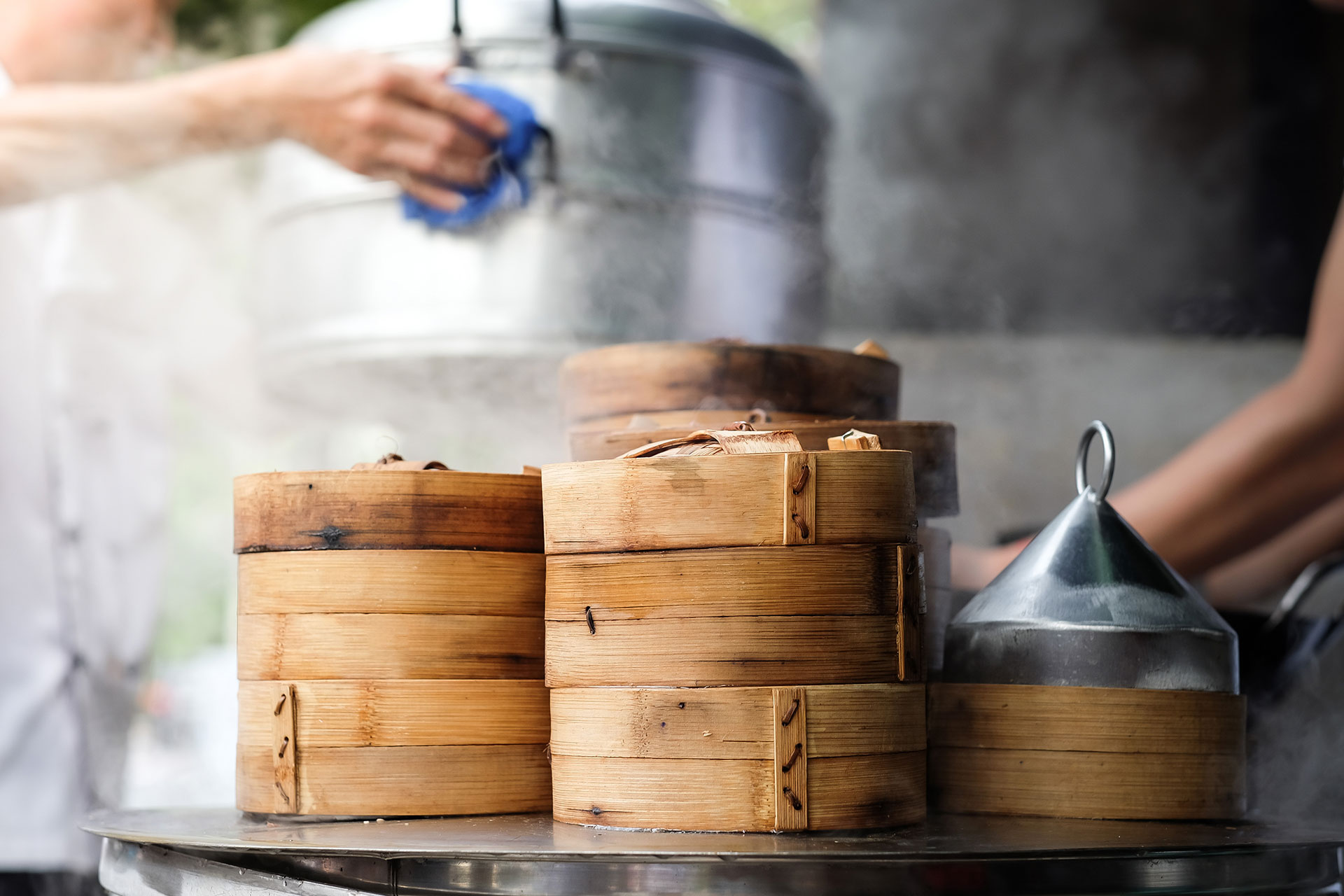

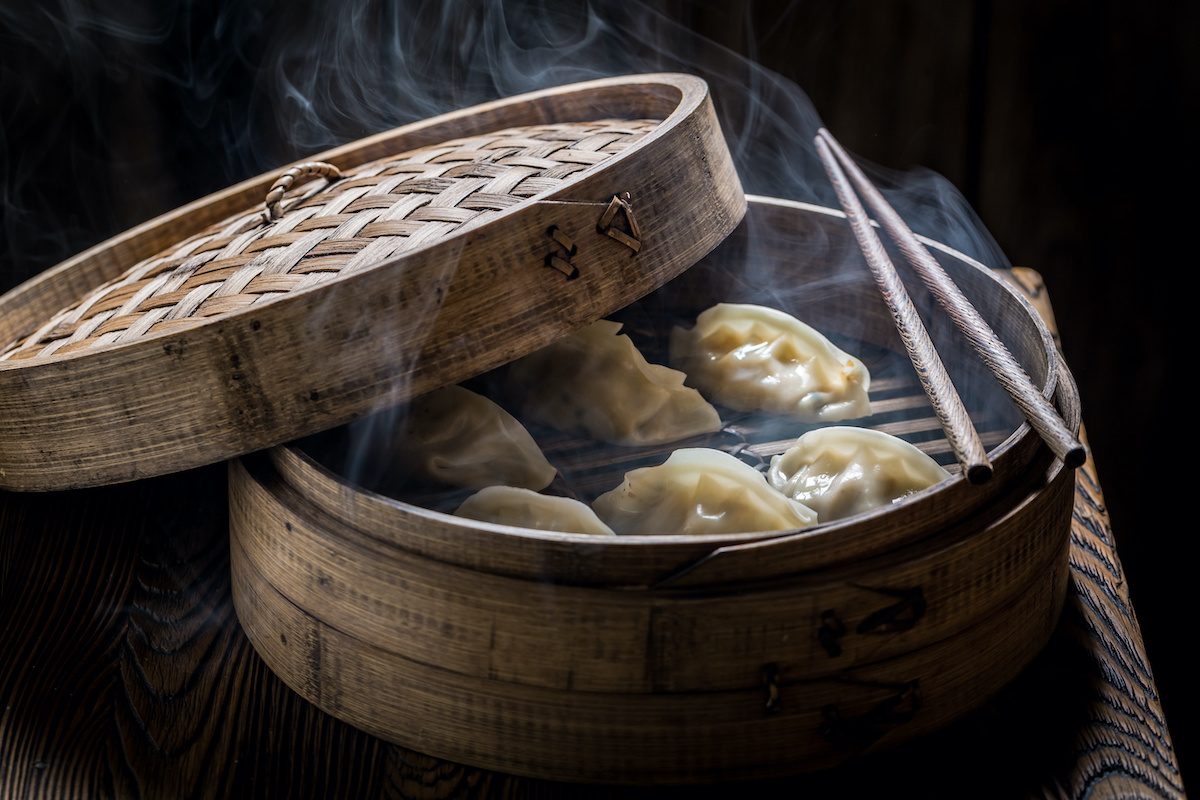
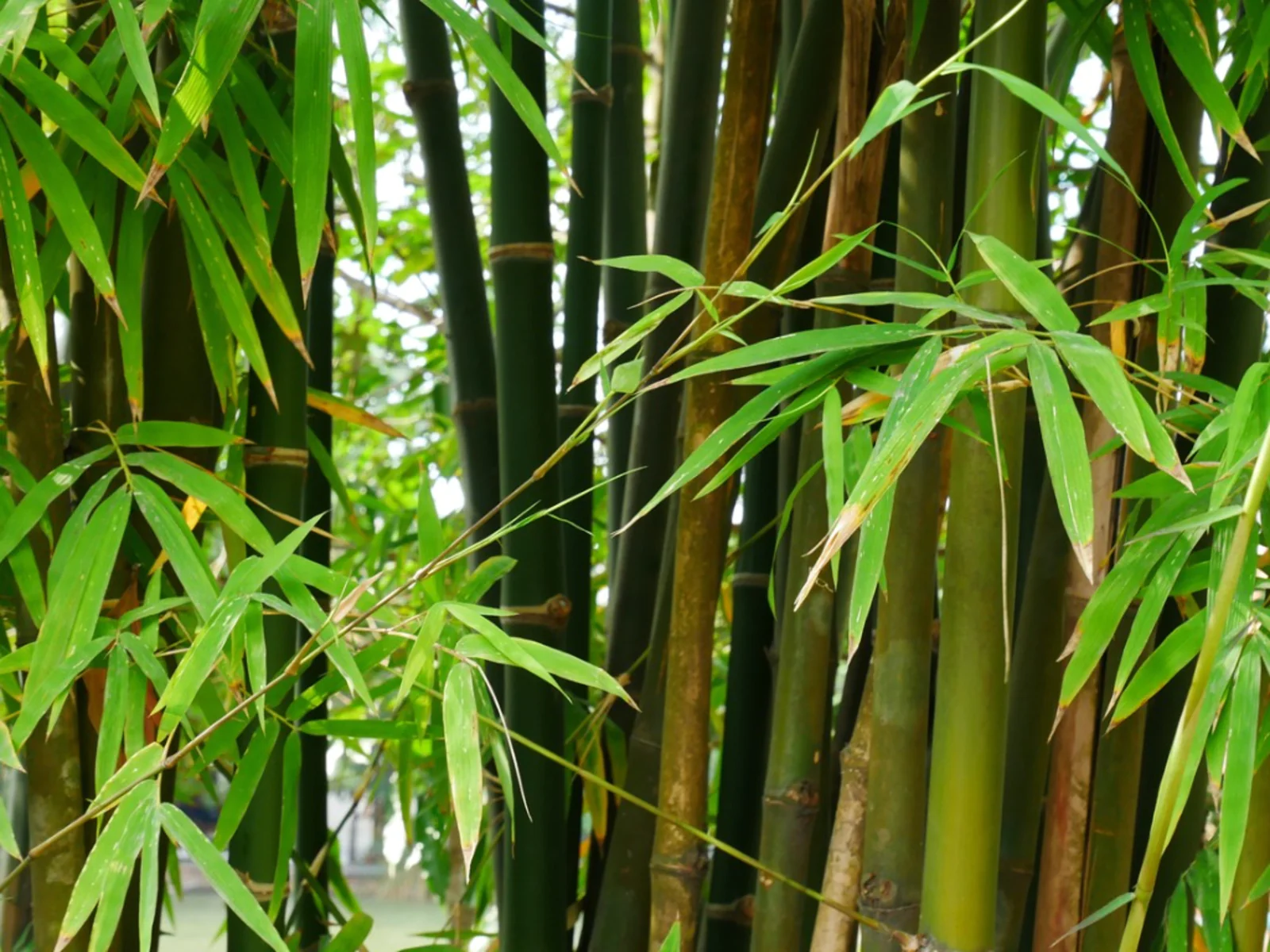
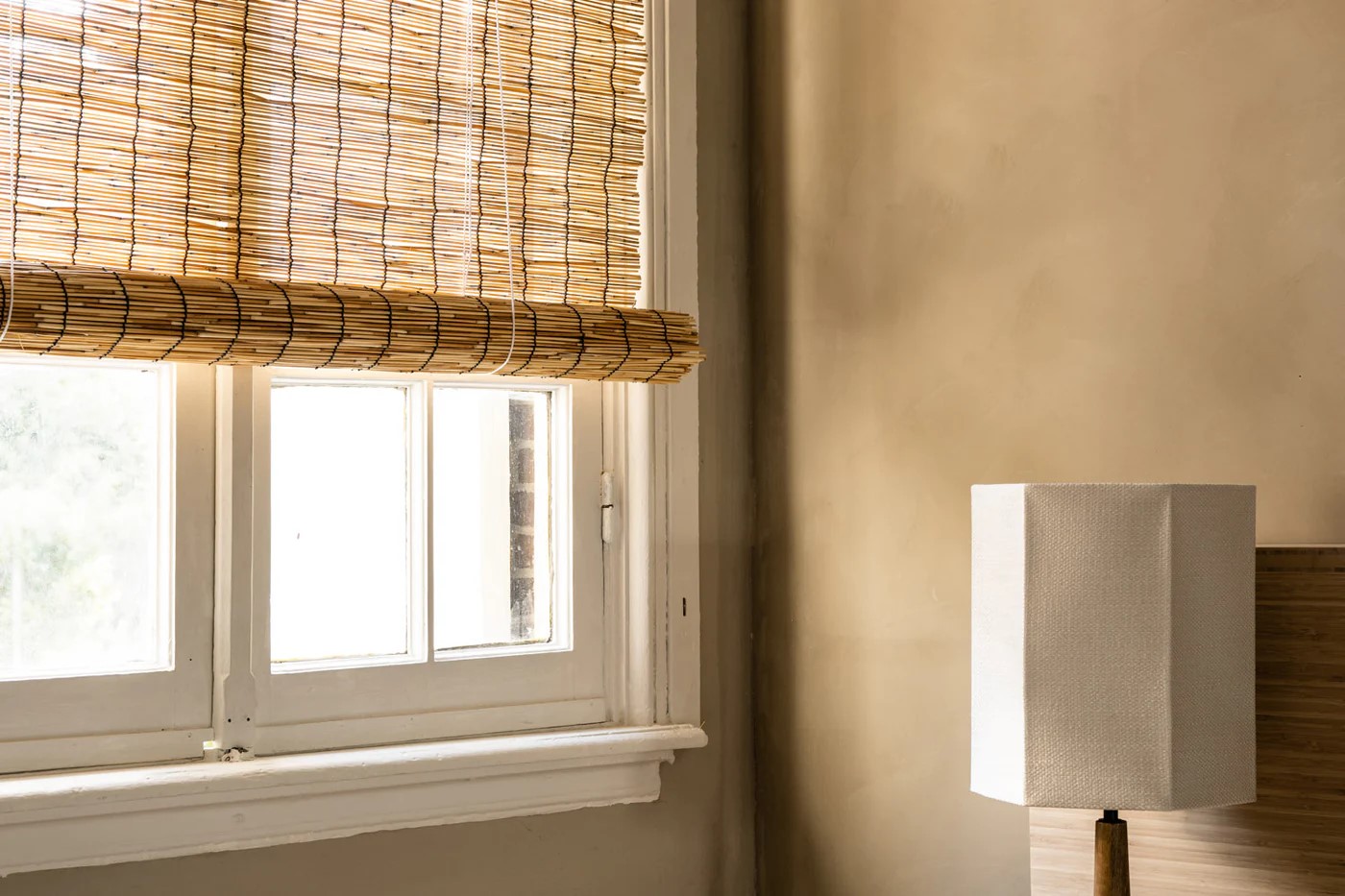
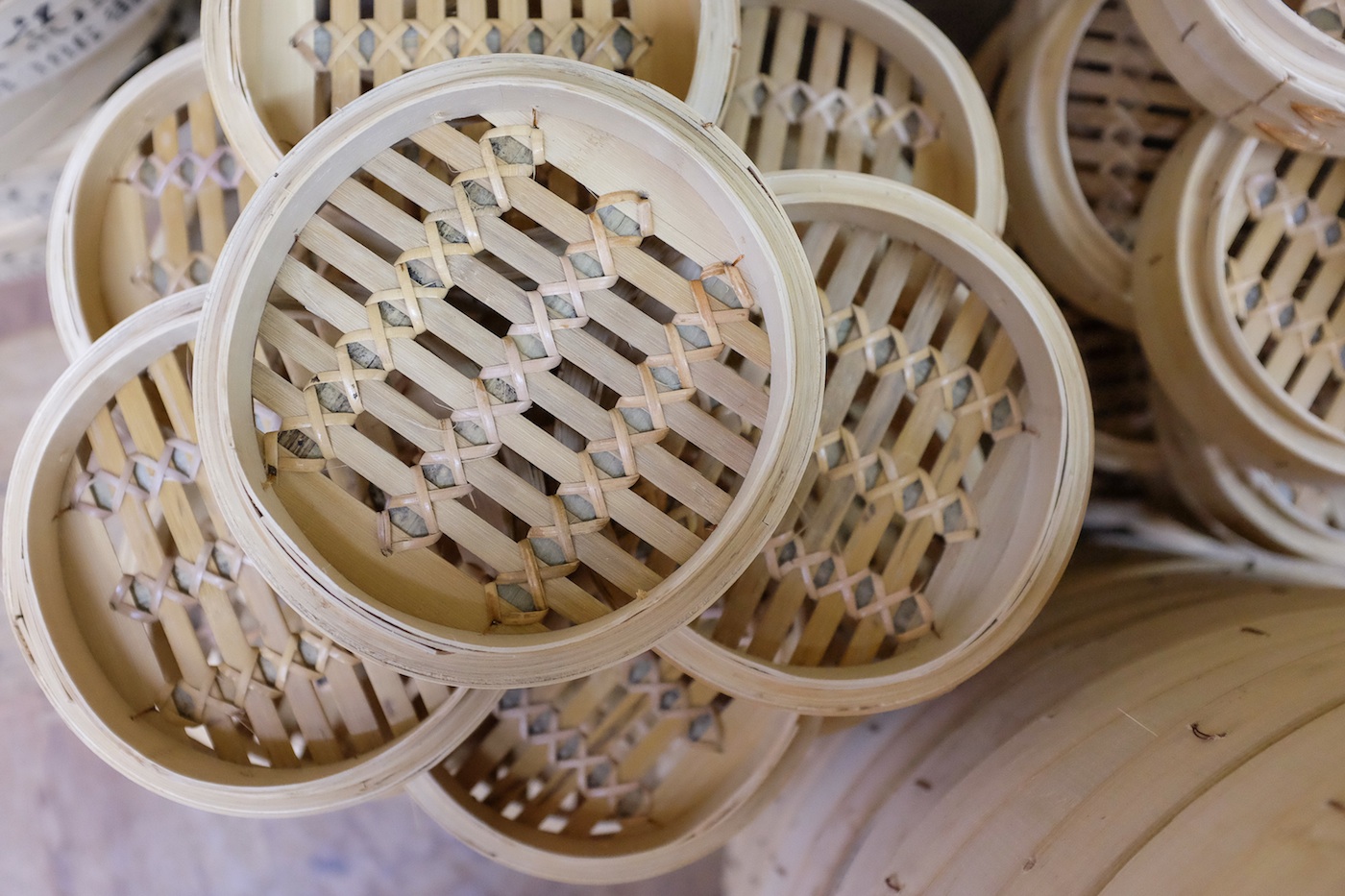

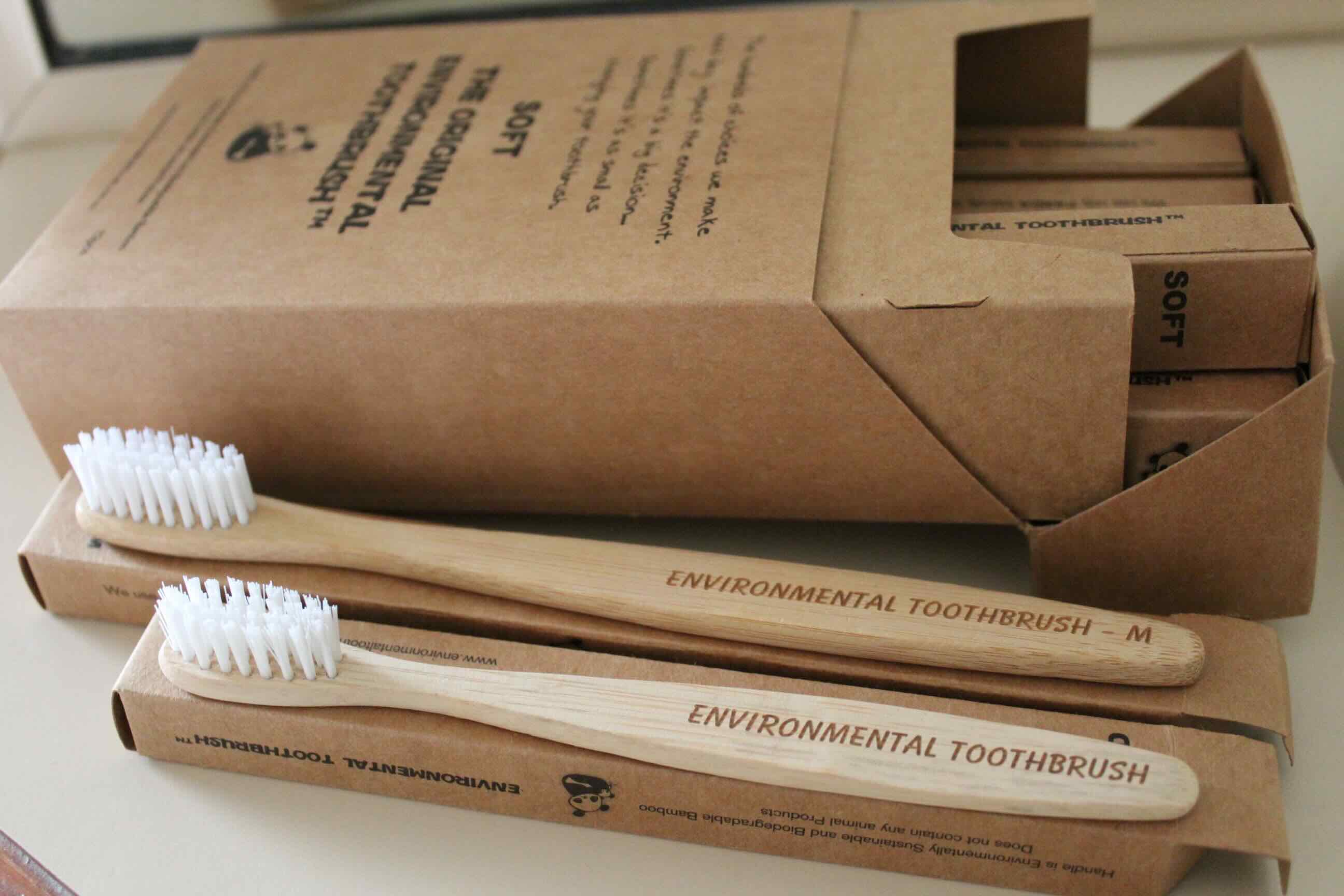
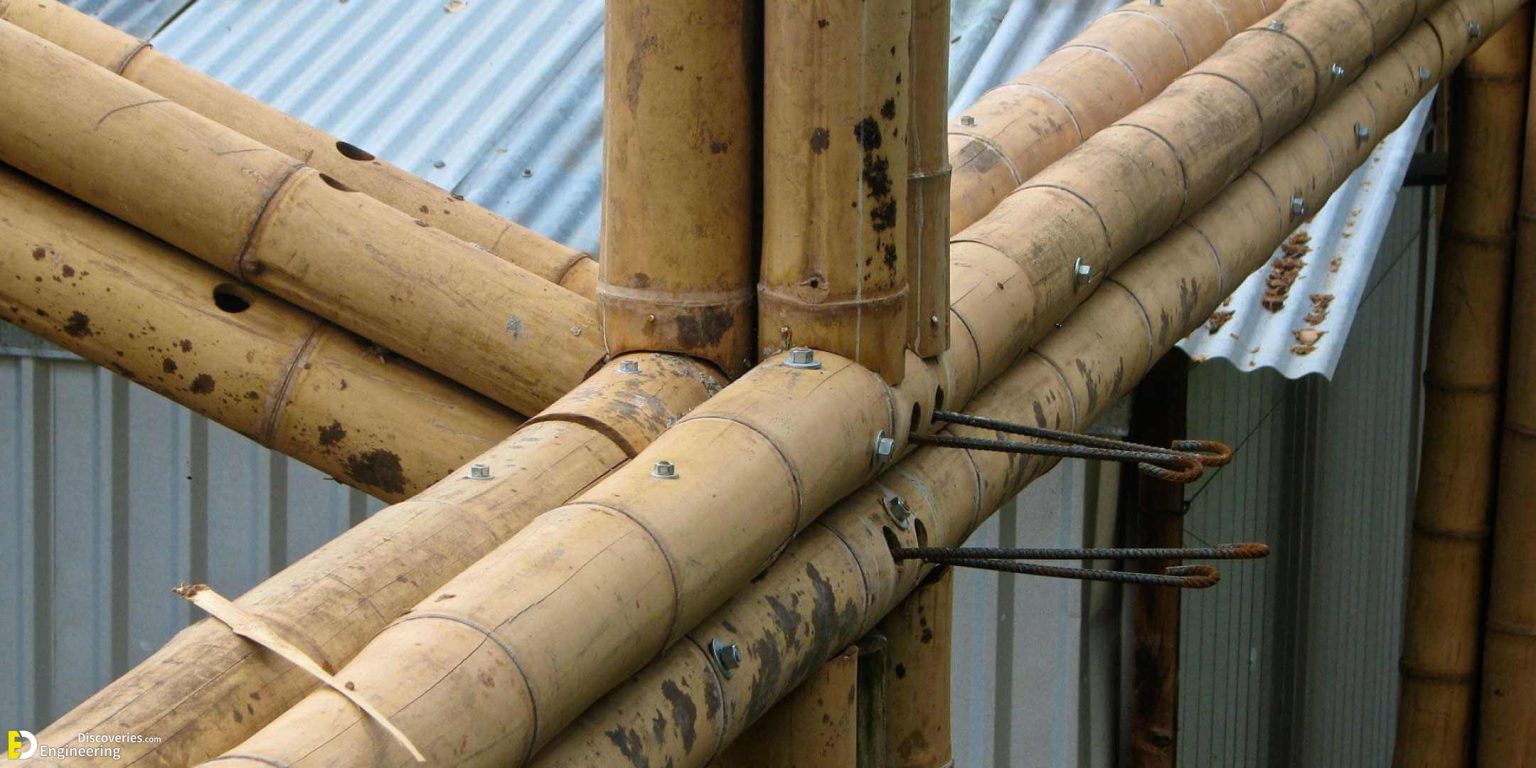

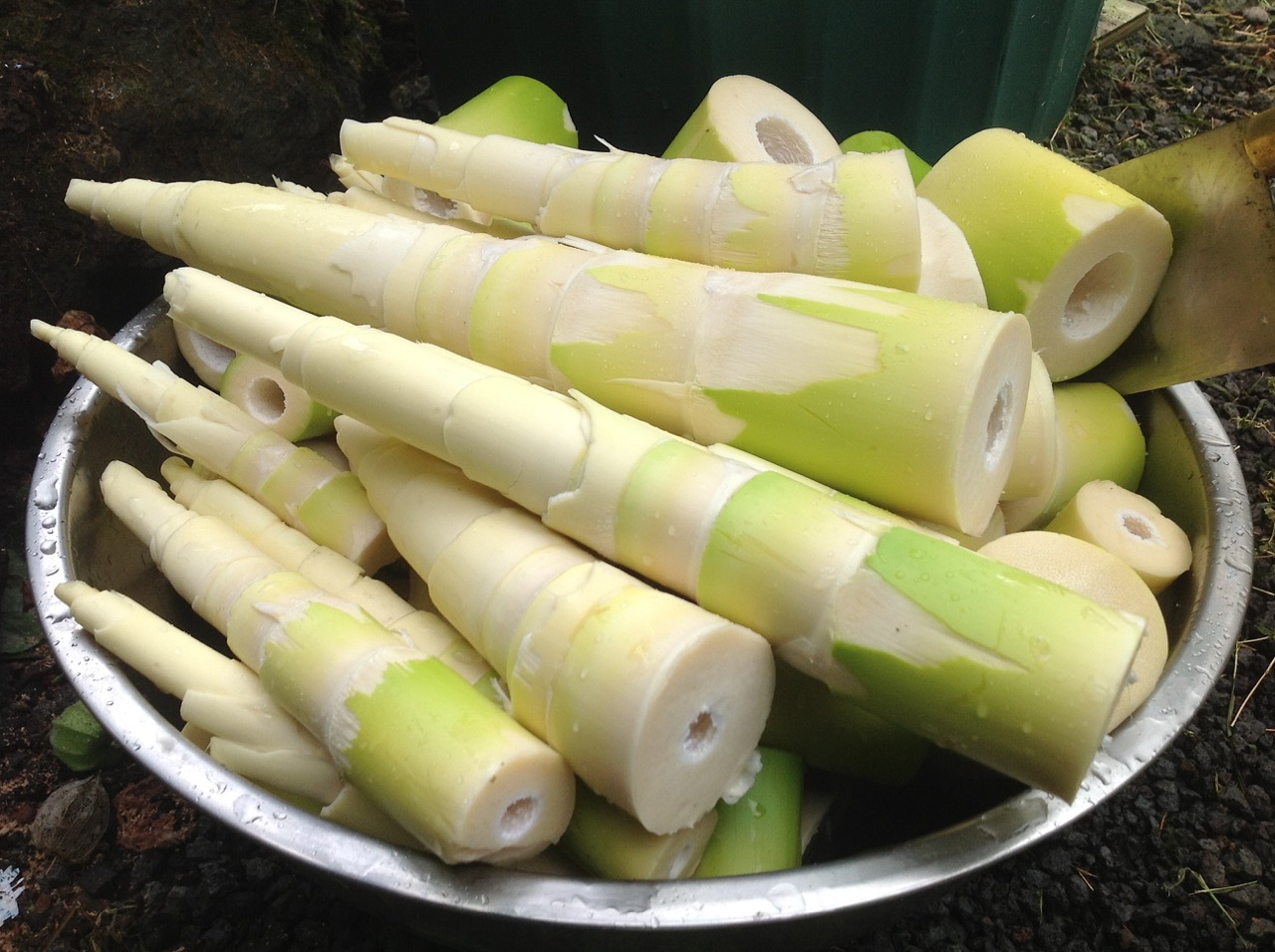
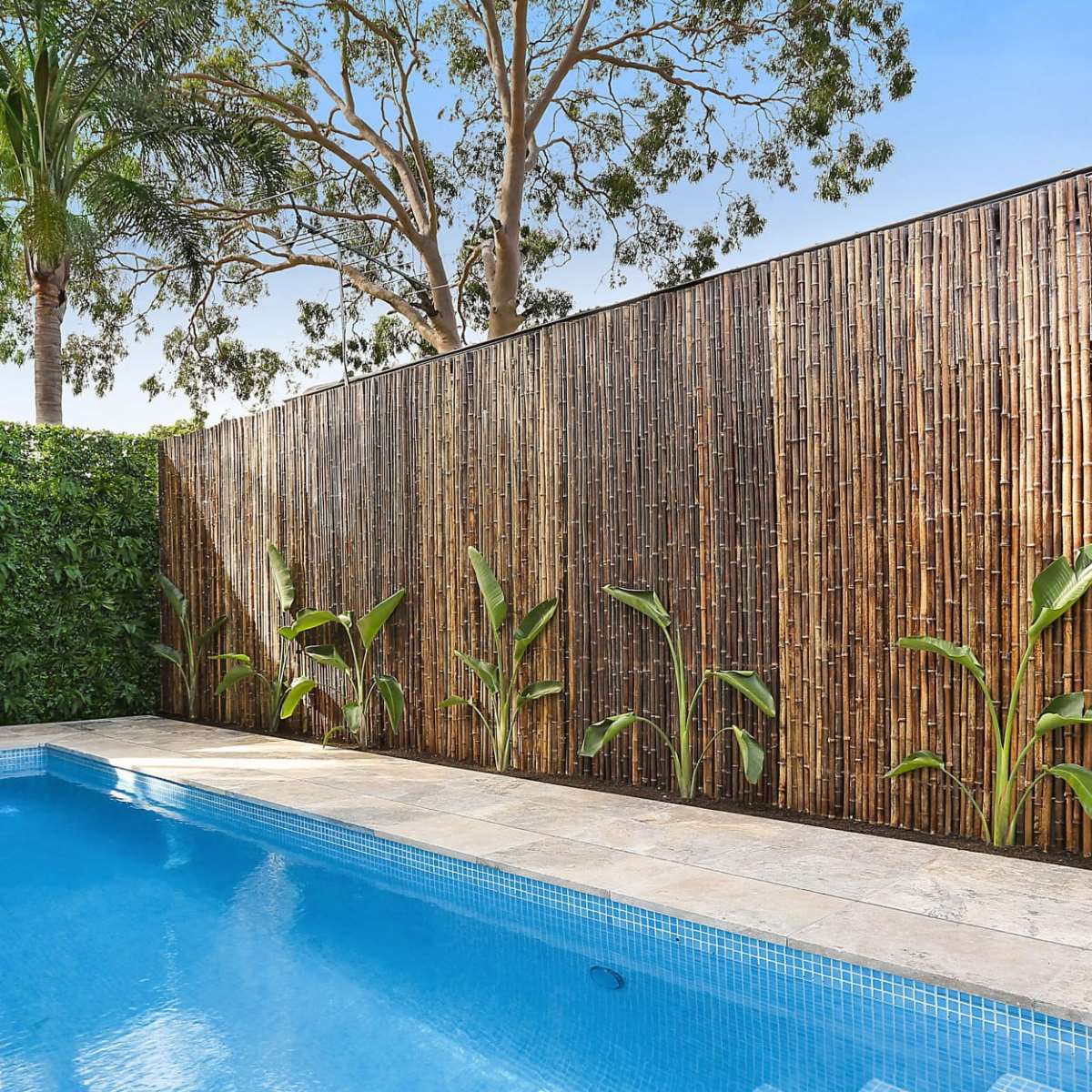
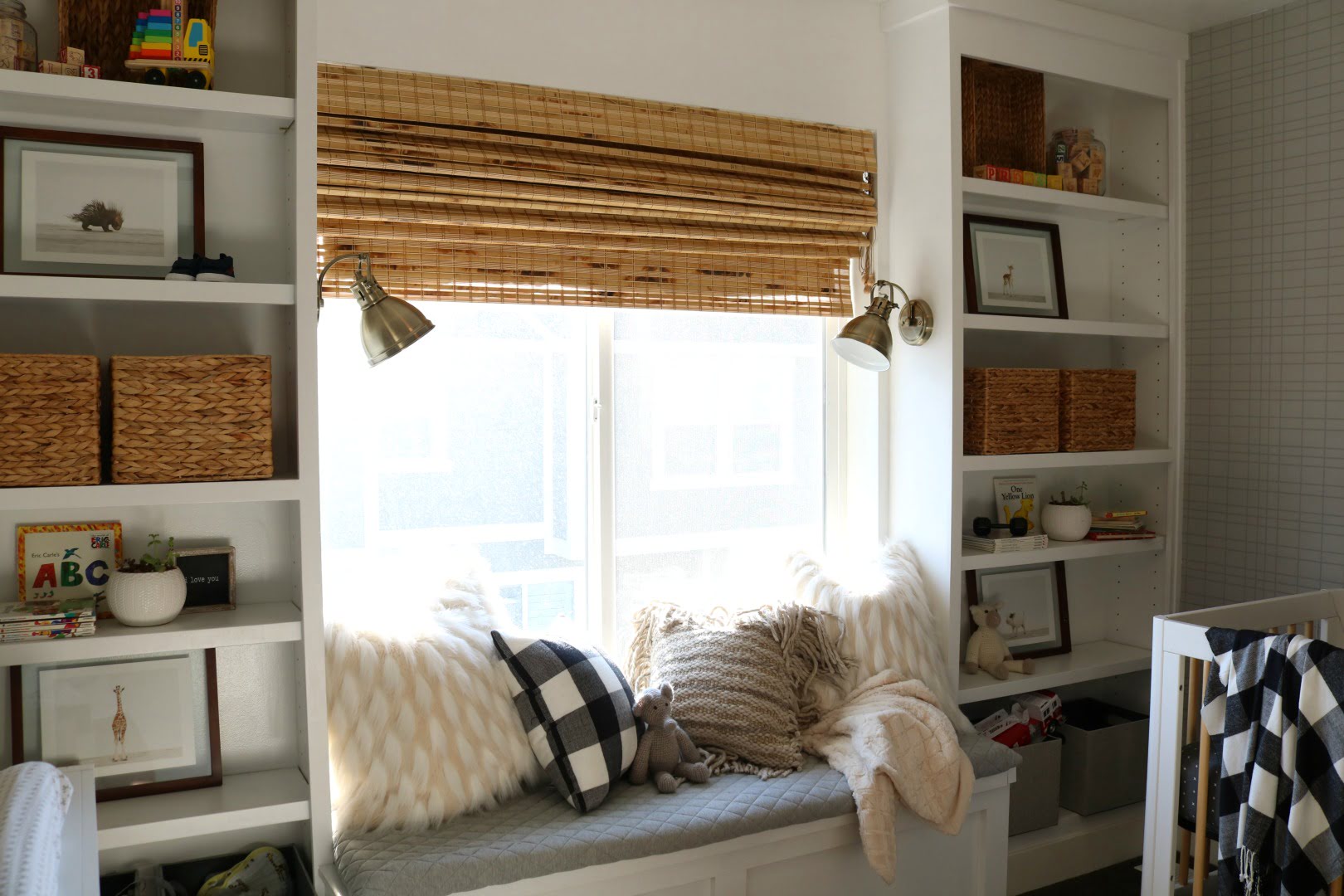


0 thoughts on “What Is Bamboo Grass”